Missing: Whole Grains on Breakfast Menus
Monday, 06 September 2010 21:03By Jen Wulf
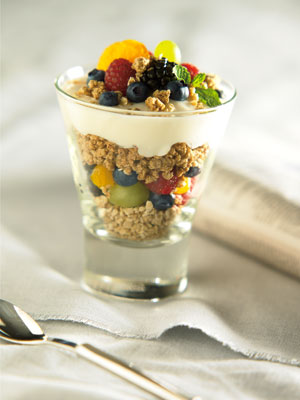 They’re easy to include, but hard to find.
They’re easy to include, but hard to find.
Annually, more than 12 billion morning meals are served by commercial restaurants (NPD CREST, YE May 2010). Curiously missing on most breakfast menus are whole-grain items. A mere one in three breakfast menus offer any item made with whole grains, and those tend to be either hot or cold breakfast cereals (Datassential MTD, July 2010).
With heart disease and diabetes constant concerns across our country, many consumers are looking for healthier options at breakfast. According to Mintel, 77% of restaurant users “would like to see more healthy items on the menu” (Mintel Healthy Dining Trends, May 2009).

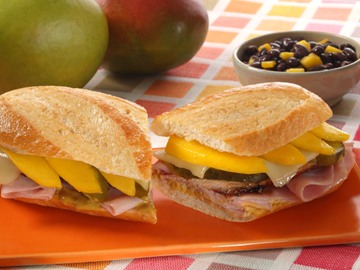 Because everyone grew up eating sandwiches, students will inevitably view sandwich-making as a life skill they have already mastered. This is where the teaching challenge lies.
Because everyone grew up eating sandwiches, students will inevitably view sandwich-making as a life skill they have already mastered. This is where the teaching challenge lies.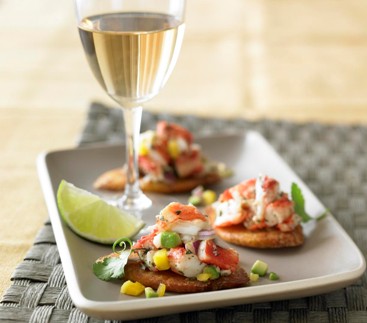 With the recent fluctuation in seafood sales and the oil spill in the Gulf, how the industry will fare this year is difficult to predict. But one thing’s for sure: Eating healthier is driving increased interest in seafood.
With the recent fluctuation in seafood sales and the oil spill in the Gulf, how the industry will fare this year is difficult to predict. But one thing’s for sure: Eating healthier is driving increased interest in seafood. Rising culinary star Michael Matarazzo, the U.S.A.’s Chef of the Year™ for 2010 by the American Culinary Federation, is merely grateful to still be learning.
Rising culinary star Michael Matarazzo, the U.S.A.’s Chef of the Year™ for 2010 by the American Culinary Federation, is merely grateful to still be learning. Although a common vision for your curriculum takes patience, careful listening and explaining to many audiences, it can excite everyone to contribute and revitalize your program.
Although a common vision for your curriculum takes patience, careful listening and explaining to many audiences, it can excite everyone to contribute and revitalize your program.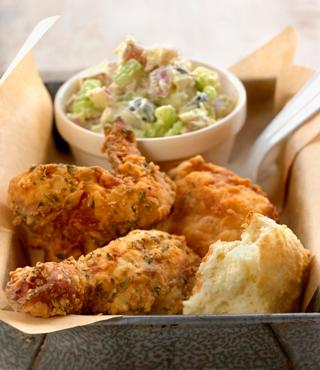 A Guide to Choosing What’s Right for Your Kitchen
A Guide to Choosing What’s Right for Your Kitchen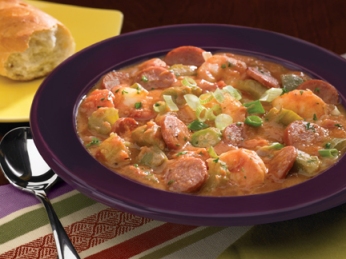 Says Chef Weiner, using firm-cooked sausage to teach the technique of braising can be accomplished within a short class time and brings the concept home to students.
Says Chef Weiner, using firm-cooked sausage to teach the technique of braising can be accomplished within a short class time and brings the concept home to students. Defining “sustainable food” is not a black-and-white issue like water and energy conservation or waste-stream reduction. The decisions are value judgments that are unique to each individual.
Defining “sustainable food” is not a black-and-white issue like water and energy conservation or waste-stream reduction. The decisions are value judgments that are unique to each individual.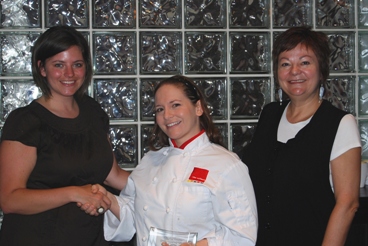 Olson Communications, a full-service agency that specializes in delivering innovative marketing-communication strategy to its portfolio of select food-industry clients, announces the winning recipient of its third-annual 20th Anniversary Chefs of Tomorrow™ grant program for culinary educators.
Olson Communications, a full-service agency that specializes in delivering innovative marketing-communication strategy to its portfolio of select food-industry clients, announces the winning recipient of its third-annual 20th Anniversary Chefs of Tomorrow™ grant program for culinary educators.